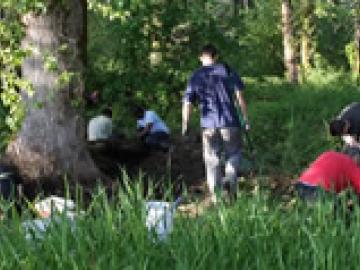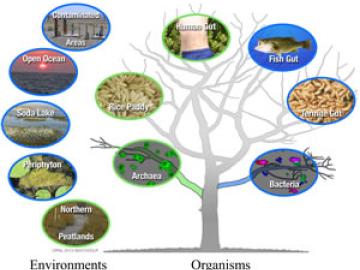Filter News
Area of Research
- (-) Biological Systems (7)
- (-) Building Technologies (2)
- Advanced Manufacturing (2)
- Biology and Environment (4)
- Clean Energy (60)
- Climate and Environmental Systems (3)
- Computational Biology (3)
- Computer Science (1)
- Energy Frontier Research Centers (1)
- Energy Sciences (3)
- Fossil Energy (1)
- Fuel Cycle Science and Technology (1)
- Fusion Energy (1)
- Materials (59)
- National Security (2)
- Neutron Science (28)
- Nuclear Science and Technology (14)
- Nuclear Systems Modeling, Simulation and Validation (1)
- Sensors and Controls (2)
- Supercomputing (33)
- Transportation Systems (2)
News Type
News Topics
Media Contacts
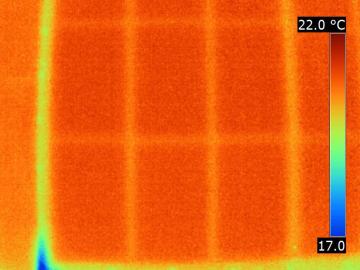
Vacuum insulation technology called modified atmosphere insulation, or MAI, could be a viable solution for improving the energy performance of buildings, based on a study by Oak Ridge National Laboratory and industry partners.

The construction industry may soon benefit from 3D printed molds to make concrete facades, promising lower cost and production time. Researchers at Oak Ridge National Laboratory are evaluating the performance of 3D printed molds used to precast concrete facades in a 42-story buildin...
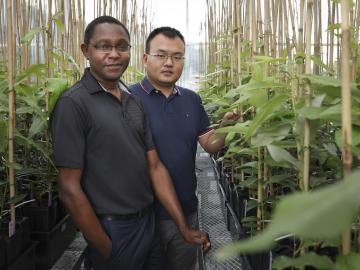
For decades, biologists have believed a key enzyme in plants had one function—produce amino acids, which are vital to plant survival and also essential to human diets. But for Wellington Muchero, Meng Xie and their colleagues, this enzyme does more than advertised. They had run a series of experiments on poplar plants that consistently revealed mutations in a structure of the life-sustaining enzyme that was not previously known to exist.
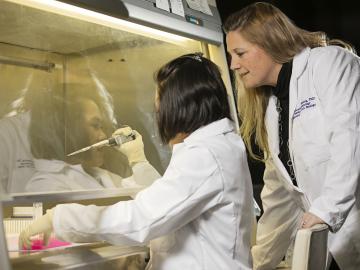

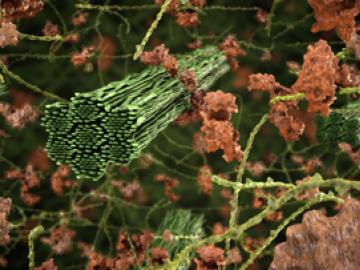
ORNL study uses neutron scattering, supercomputing to demystify forces at play in biofuel production
